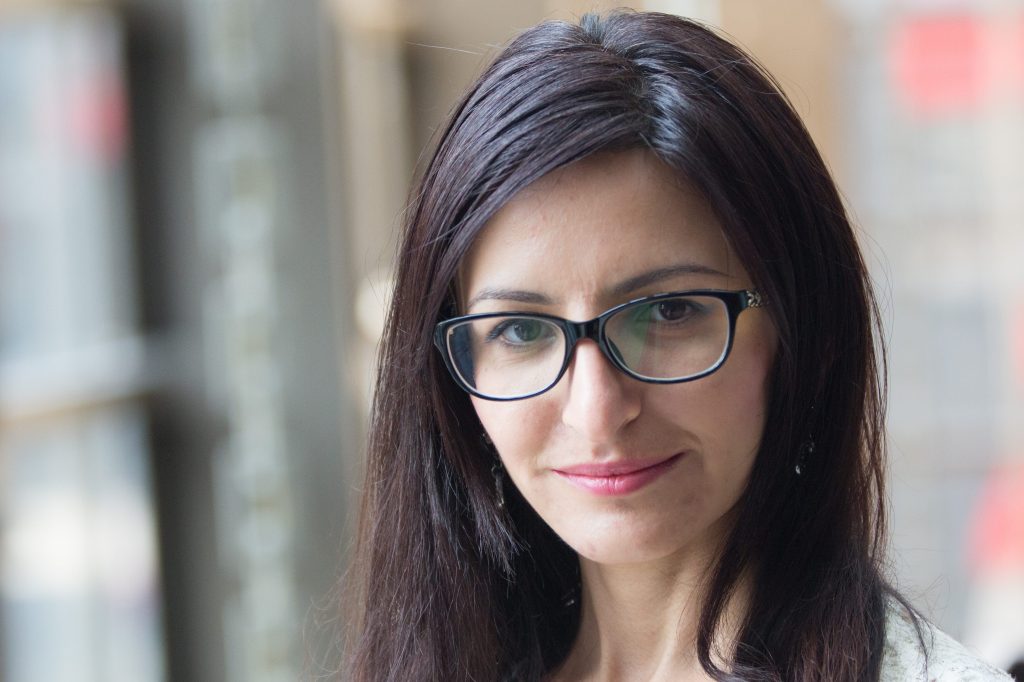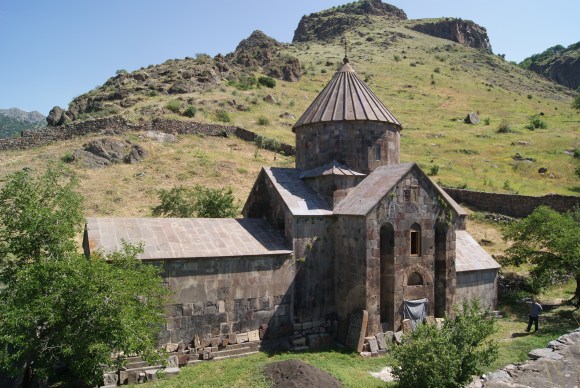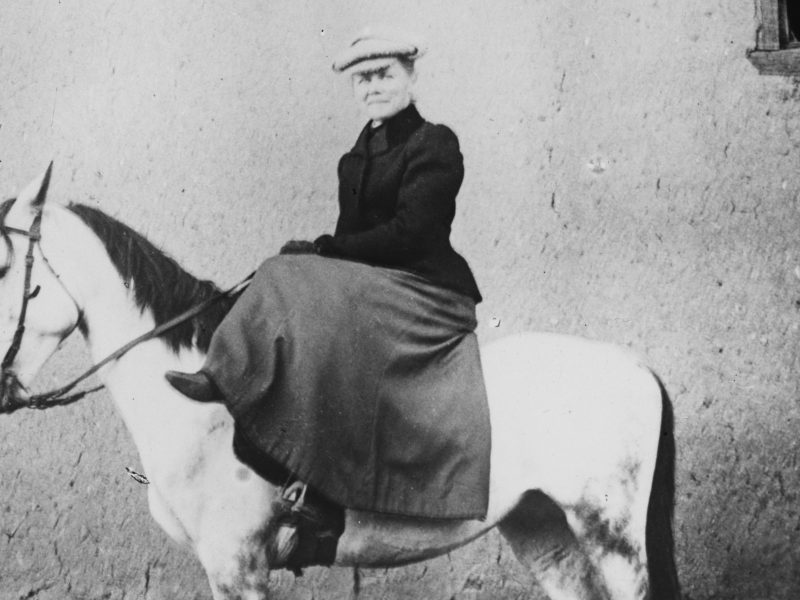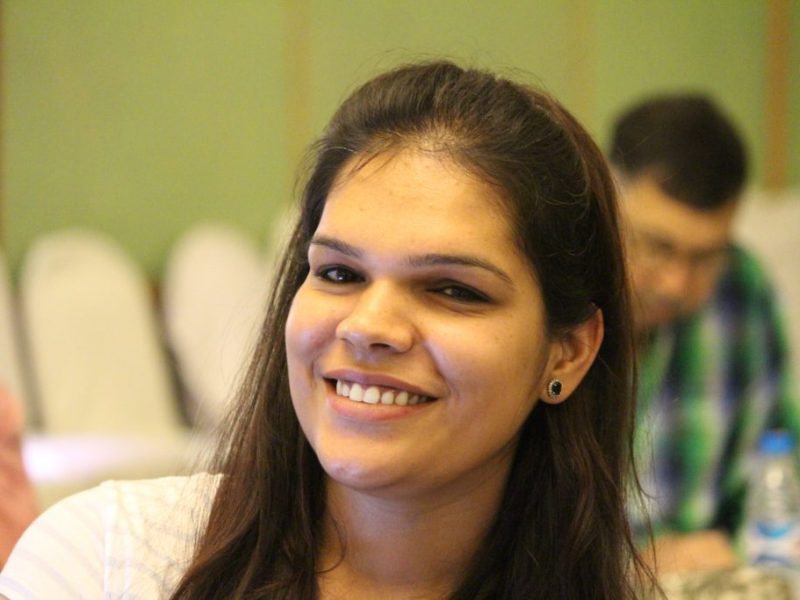In September 2013, amateur photographer Arminé Aghayan was getting ready to publish her first photo book, featuring many historic sites and landmarks around Yerevan, Armenia, when a radio advertisement made her change her mind.
The ad was promoting a new photography contest called Wiki Loves Monuments, where the participants would upload their photos under a free licence to Wikimedia Commons, the free media repository that holds most of the images and video used on Wikipedia. The best photos submitted would win a prize. Aghayan made the decision to upload all the photos she had of Yerevan.
Over the last five years, Aghayan has become one of the most prolific contributors to the Wikimedia movement in general—and the Armenian Wikipedia in particular. She has created thousands of new articles on Wikipedia, hundreds of which have come from undergoing the #100WikiDays challenge nine separate times. (In each of them, Aghayan has created a new Wikipedia article each day for 100 days.)
More recently, Aghayan has used her editing to bridge content gaps on Wikipedia. Her writing, in various occasions, has been inspired by the places she visited.
Aghayan was born in Vedi, about three dozen kilometers from the Armenian capital of Yerevan. As a child, she found herself overwhelmed by the sights that surrounded her. This encouraged her to become a photographer, a hobby she carried into adulthood and the free culture movement.
Once her photos of Armenian monuments were uploaded on Wikimedia Commons, Wikipedia editors used them to illustrate articles. One of her personal friends even jumped in to help.
“I saw a Facebook friend [create] an article about Yerevan monuments using those photos,” she recalls. “Inspired by his article, I started a new page about a recently-opened statue in Yerevan, using the same formatting [code] of my friend’s article. The red links (links to articles that haven’t been yet created) encouraged me to get them covered.”
The simple notion of creating an article about a statue quickly turned into a project to document Armenian visual arts.
Within a year, together with a friend, we managed to cover the statues and monuments not only in Yerevan but everywhere in Armenia. In addition to statues, I wrote about sculptors, architects, and painters. I met them in person and took photos to illustrate their profiles. Many were familiar with Wikipedia but did not know that it is a place where you can plant and harvest free knowledge. I taught some artists how to upload their artworks to Wikimedia Commons. Some of them used to call me ‘the wiki girl’.
As soon as she learned about the #100wikidays challenge, Aghayan decided to join. “I love challenges … because they inspire you to collaborate with other Wikipedians,” she told us in a previous interview about the challenge. Aghayan has repeated it nine times, and starting from the fourth, she has channeled her efforts into a single theme each round.
For example, when Aghayan returned from Wikimania 2016—the annual conference of the Wikimedia movement, held that year in northern Italy—she decided to allocate her editing effort in the fourth iteration of her challenge to writing about Italy. Similarly, she finished a ninth challenge last November with her hundredth article about Canada, the host of Wikimania 2017. Other rounds of the challenge were on other projects or went to support a cause that she believed in.
I like all the articles that I create. Each of them is close to my heart. But in 2016 and 2017, I started to create more articles about women: I joined online edit-a-thons and projects, and wrote biographies of those brilliant and courageous women in my native language. My fifth circle of #100wikidays and #10wikiweeks were devoted to Women.
One of Aghayan’s 100-day rounds was to write articles about galleries, libraries, archives and museums (GLAM), a favored topic for her, even before learning about the project with the same name.
“I wrote about the museums, galleries and libraries of Armenia without knowing about the GLAM-Wiki project,” says Aghayan. “After writing articles about every museum in Armenia, I started to collaborate with them to cover the interesting items they exhibit. At the moment, I have a collaboration with the Armenian History Museum.”
Being a very active Wikipedian and the commitment to create new articles every day is not an easy job. For Armine, she enjoys doing this as a way to both teach others and learn at the same time.
“[It is a] great feeling when you teach someone how to edit Wikipedia and you see their first contribution,” says Armine. “I am lucky to be a wikiteacher for some Armenian artists and museum workers.” She continues:
While editing Wikipedia every day, I learn and discover new things. When I see that an article I wrote or photo that I donated to Commons was used by media outlets, or someone shared it on social media, I am filled with joy … it spurs me to edit more and more and to help free knowledge to spread.
Samir Elsharbaty, Writer, Communications
Wikimedia Foundation
See Armine’s photos of Armenian heritage over on Wikimedia Commons.




